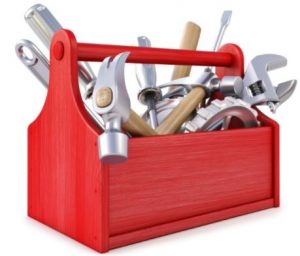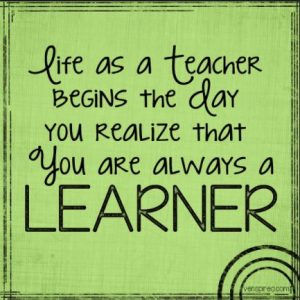Walking into a stereotypical garage or shed, you will most likely find an absurd amount of tools. The older the home owner, the mo re tools they will have. It might be filled with hammers, saws, nails-all types of them, ladders, and even a saw horse. That could lead you to believe that he/she may be an amateur carpenter who built the beautiful piece of furniture in their house. After some asking, you come to learn that they do in fact have a lot of tools but not sure what to do with them.
re tools they will have. It might be filled with hammers, saws, nails-all types of them, ladders, and even a saw horse. That could lead you to believe that he/she may be an amateur carpenter who built the beautiful piece of furniture in their house. After some asking, you come to learn that they do in fact have a lot of tools but not sure what to do with them.
Now transfer that thought to your classroom. Take a walk around and look at all the fabulous tools you have acquired. Building blocks, molding clay, maps, technology, files of creativity from veteran educators, manipulatives, etc. Every one of them is valuable if used effectively.
Having them in your room only means you have stored some items. Students of all ages learn best by playing. Being involved with the learning process is where the connections happen. As we read articles and blogs, listen to pod casts, watch videos and even attend conferences we are given an influx of new items we ‘must use’. Technology is constantly changing and educators are consistently told out with the old and in with the new. The issue here isn’t what is the latest and greatest but HOW are you using that tool.
involved with the learning process is where the connections happen. As we read articles and blogs, listen to pod casts, watch videos and even attend conferences we are given an influx of new items we ‘must use’. Technology is constantly changing and educators are consistently told out with the old and in with the new. The issue here isn’t what is the latest and greatest but HOW are you using that tool.
As you look around your classroom, look at the tools you have and determine how they can be incorporated in your lessons. What can you do that will engage your students collaboratively? What activity will make the dinner conversation tonight?
If your class is full of technology or only has one device or IWB, do you know how to use it effectively? Take the time to ask questions, read articles and watch videos. There is so much power in your creativity and passion for teaching so let it explode into the tools you have.


